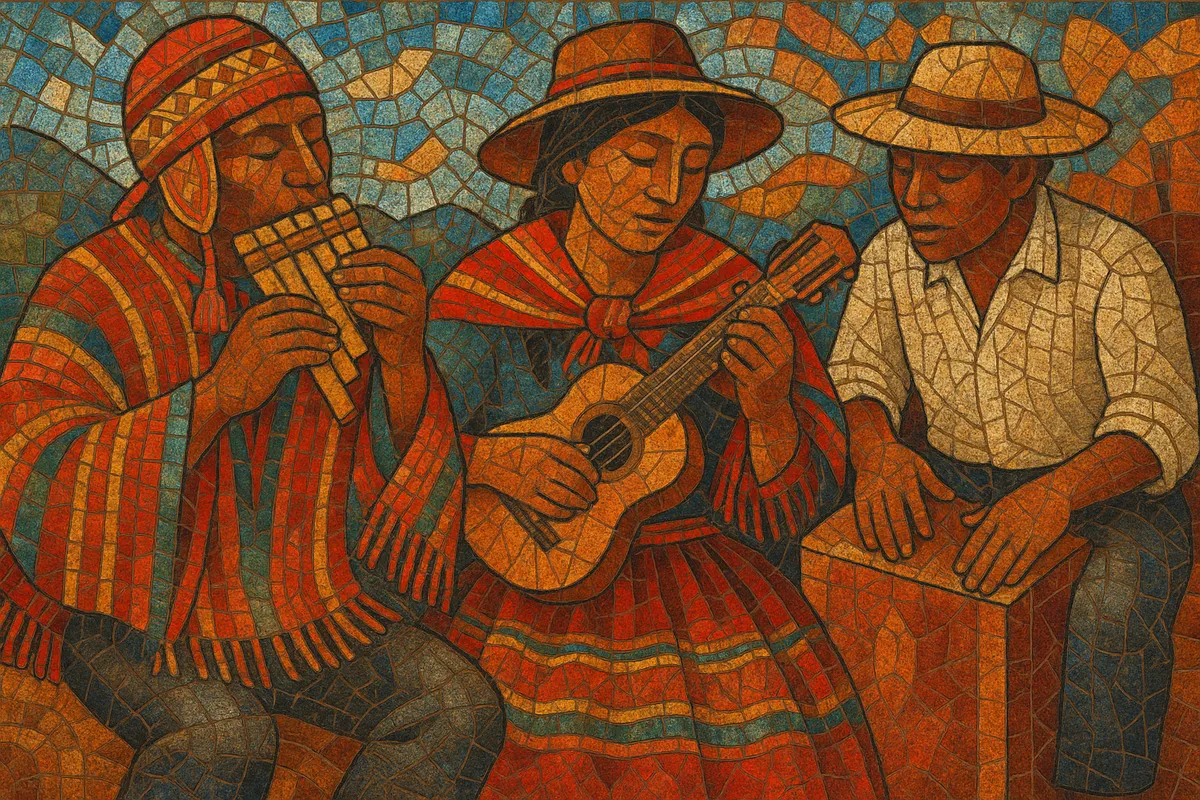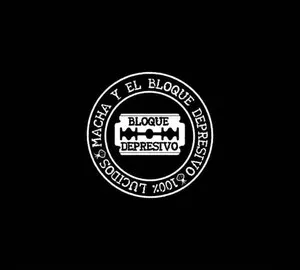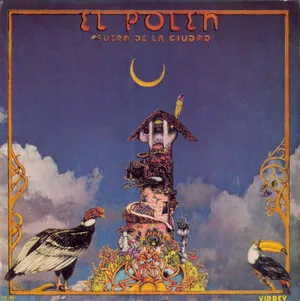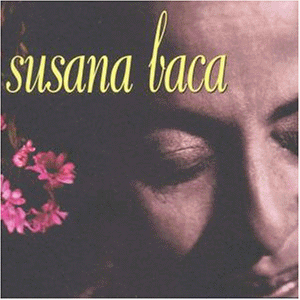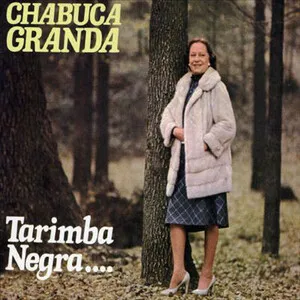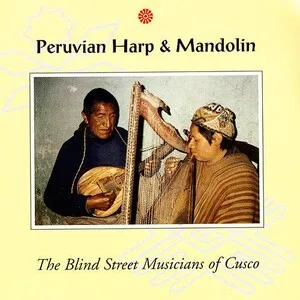Peruvian music is a richly syncretic umbrella that blends Indigenous Andean traditions, Spanish/Iberian song and dance forms, and West/Central African rhythms and instruments brought during the colonial era.
Across Peru’s diverse regions, coastal música criolla (e.g., valses and marinera) emphasizes guitars, intricate strumming, and poetic décimas; Afro‑Peruvian styles (festejo, landó) center on polyrhythms, call‑and‑response, and hallmark percussion such as the cajón, cajita, and quijada de burro; highland Andean genres (huayno, harawi, yaraví, huaylarsh) foreground quena and zampoña (siku) flutes, charango, harp, and pentatonic melodies; and the Amazon basin pioneered psychedelic/organ‑driven cumbia amazónica and later chicha—electrified hybrids that carry Andean melody into an urban dance setting.
Performed in Spanish and Indigenous languages (Quechua, Aymara, and Amazonian tongues), Peruvian music moves between communal dance, ritual functions, and intimate song, balancing nostalgia and celebration with rhythmic vitality.
Indigenous Andean societies developed ceremonial and communal musics with aerophones (quena, antara/zampoña), drums (tinya, wankara), and antiphonal panpipe ensembles (sikuris). Pentatonic and modal melodies, parallel motion, and heterophony framed music’s ritual and seasonal roles.
Spanish conquest introduced Iberian song/dance (fandango, seguidilla), European harmony, and Catholic liturgy. Enslaved Africans brought polyrhythms and instruments that evolved locally into the cajón and other Afro‑Peruvian percussion. Baroque devotional and theater traditions (zarzuela) intersected with local practice, creating the criollo nexus.
Urban coastal circles formalized música criolla—vals criollo in 3/4, marinera with 6/8–3/4 hemiolas, and poetic décimas. Afro‑Peruvian communities preserved festejo and landó, later revitalized on stage and records. In the highlands, huayno, yaraví, harawi, and regional harp/guitar traditions thrived, often in Quechua and Aymara.
Andean music gained global attention (e.g., “El Cóndor Pasa”). In the Amazon and migrant barrios, organ‑ and guitar‑driven cumbia amazónica and chicha fused Colombian cumbia grooves with Andean pentatonics and surf/psychedelic timbres. Parallel scenes included proto‑punk (Los Saicos) and nueva canción‑influenced songwriting.
Peruvian music remains plural: traditional ensembles coexist with electronic, hip‑hop, and pop fusions; Afro‑Peruvian percussion and Andean flutes meet synths and studio production. Heritage styles are taught, archived, and reimagined for global stages and dance floors.

